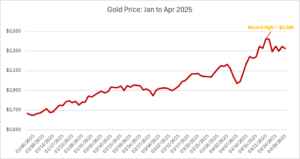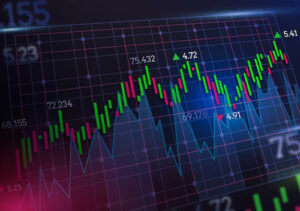Australia’s annual inflation rate held steady at 2.4% in the first quarter of 2025, according to data released by the Australian Bureau of Statistics on April 30. This figure remains at a four-year low and was slightly above the expected 2.3% forecast.
The most notable price increases this quarter came from housing, education, and food and non-alcoholic beverages. These were partially offset by price declines in recreational and cultural activities, as well as furnishings, household equipment, and related services.
Australia’s inflation has gradually eased over the past two years. Since hitting a high of 7.8% in the December 2022 quarter, the headline inflation rate has declined in seven of the last nine quarters. This persistent moderation has allowed the Reserve Bank of Australia (RBA) to lower its policy rate from 4.35% to 4.1%, stepping down from the highest level seen since December 2011.
Core inflation, known as the “trimmed mean” rate—which excludes the most volatile price movements—rose 0.7% quarter-on-quarter and 2.9% year-on-year, a touch higher than previous forecasts.
With inflation under control, the RBA expects economic growth in Australia to improve throughout 2025. The labor market remains resilient, although global economic uncertainty is cited as a key risk in future policy assessments.
The inflation report also arrives just days ahead of Australia’s national election, scheduled for May 3. All 150 seats in the House of Representatives and 40 of 76 Senate seats will be contested. According to a Newspoll survey published on April 28, the Labor Party led by Prime Minister Anthony Albanese holds a four-point advantage over the conservative Liberal-National opposition when adjusted for minor party preferences.
The continued moderation in inflation not only provides relief to households and businesses but also strengthens the government’s position heading into the election, potentially shaping both fiscal and monetary strategies for the remainder of the year.




